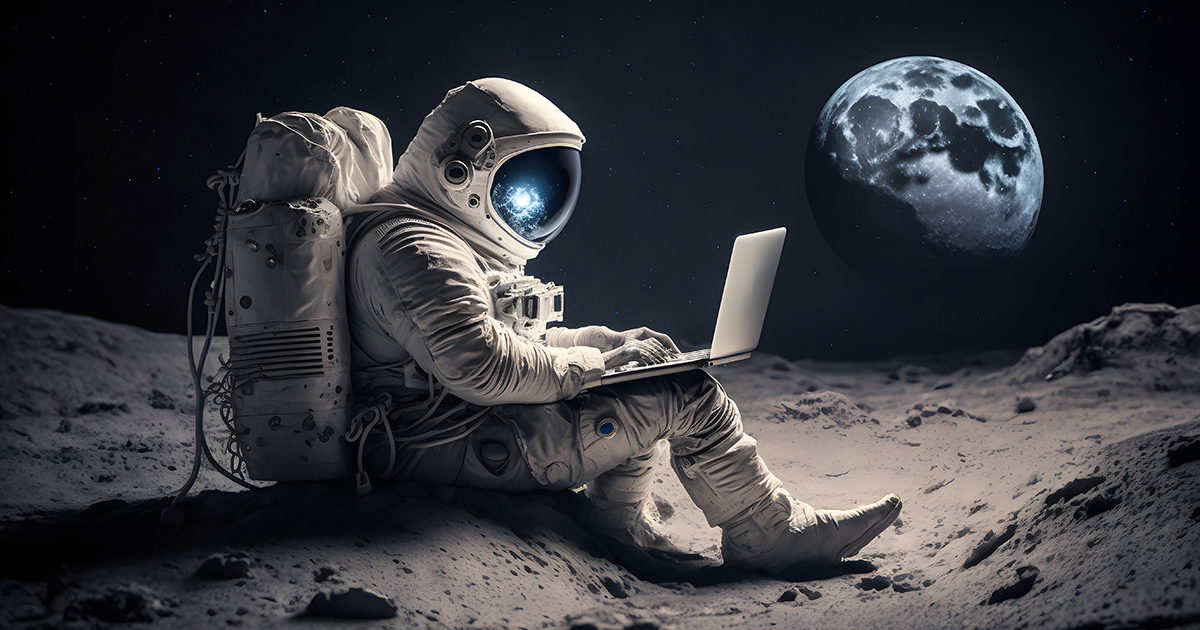
TL;DR
- Video Learning Lab host and technology advocate Gary Adcock discusses the evolution and context of AI, stressing on its pace and public awareness.
- AI, as defined by Adcock, is a branch of computer science teaching machines to mimic human intelligence.
- Adcock notes AI’s prevalence in everyday technology, from social media filters to Tesla’s Waymo system, emphasizing the role of user data in training these systems.
- Noteworthy AI applications include stock-picking on investment platforms, enhancing security systems, and the potential for breakthroughs in medical diagnostics.
- Adcock presents Coca Cola’s AI-generated “Masterpiece” commercial as a prime example of AI’s capabilities in creative endeavors.
Technology advocate Gary Adcock hosts a session in our new Video Learning Lab about the evolution of AI, with the terms he prefers: augmented intelligence and machine learning.
Visit NAB Amplify’s Learning Lab for more educational videos.
This video offers context and historical perspective to a topic that’s currently resounding throughout the world. It’s being met simultaneously with exultation about its possibilities and existential dread about the potential to perform tasks beyond human capability, as well as those of which humans are capable, but for which we may suddenly become totally unnecessary.
People have seen services such as ChatGPT and Midjourney evolve significantly since most people first noticed their existence earlier this year. In fact, while the technology seems to be moving at light speed, Adcock observes that the phenomenon that has moved the fastest of all is awareness of the technology.
So… what’s AI? Adcock summarizes the overarching concept as “a wide-ranging branch of computer science that allows you to teach, to use the developmental process [similar to what] we would use to teach children [but] to teach machines. And it sometimes appears like it’s ‘intelligent,’ but it’s not.”
While ChatGPT and Midjourney seemed to magically appear, Adcock emphasizes, everyone has had an ongoing relationship with AI at least since they started trade their likeness or data to do something with an app on their device.
“Look at the media filters,” he says. “I’m going to put sunglasses on, I’m going to have a cat face, I’m going to have bunny ears, I’m going to do makeup on my phone. All these social media filters are smart filters built on AI. They’ve been built on a system that says you want to thin out your face? To elongate your chin? To change your hairline?”
All of those things can be adjusted very specifically and a lot of them look quite real. And that’s because we’ve all been teaching the systems how to do what they do. Likewise, Siri and Alexa. We are providing massive amounts of data for these systems to learn from.
Tesla’s Waymo system is also artificial intelligence, he points out, with its massive amount of data processing whenever someone uses their Tesla. “I don’t think people are considering that. A Tesla has as many as 60 cameras in it shooting 4K/60fps material that’s being processed on NVIDIA cards underneath the battery,” primarily to provide the enormous amounts of data necessary advance the brand’s self-driving capabilities.
Other recent developments with AI can be seen with the TD Ameritrade and Robinhood investment platforms, which have performed experiments that seem to have had success using AI to pick stocks. Security systems are using AI to prevent corporate hacking, for military purposes and to enhance security.
But perhaps the biggest positive developments that Adcock spoke about involved medical field: “A radiologist may have looked at 40 or 50 tests that day. All the knowledge they’ve gained from the experience of seeing these tests might be based on looking at a few thousand of these throughout their career.
“Now, think about [a system] that looks at millions of images of screenings.” The ability to aggregate, compare and analyze such a massive amount of data requires this type of technology and is expected by many in the field to be able detect more anomalies far earlier than the most skilled and experienced physician.
Tying all this back to AI for image creation, Adcock screens Coca Cola’s “Masterpiece” commercial generated using a combination of ChatGPT, Midjourney and other similar tools. Set in a crowded art gallery it is full of unusual effects, including a lot of characters from famous paintings interacting with their product.
The kinetic, elaborate spot, he says, obviously took a lot time and money to develop, but he holds it up a very strong example of what the technology is capable of and suggests what it might be capable of in short order.
- Visit NAB Amplify’s Learning Lab for more educational videos.
- Register now to attend our AI Creative Summit, held October 25-26 at NAB Show New York.
- Find more of our AI-focused content here.

